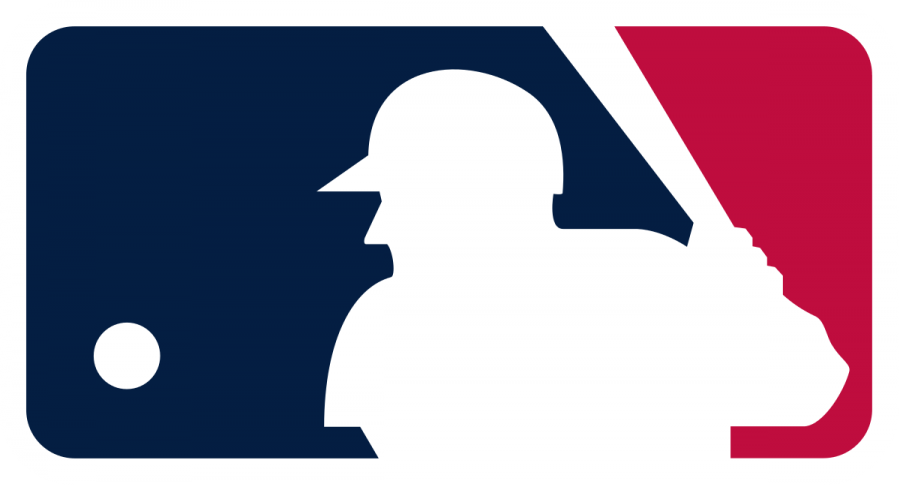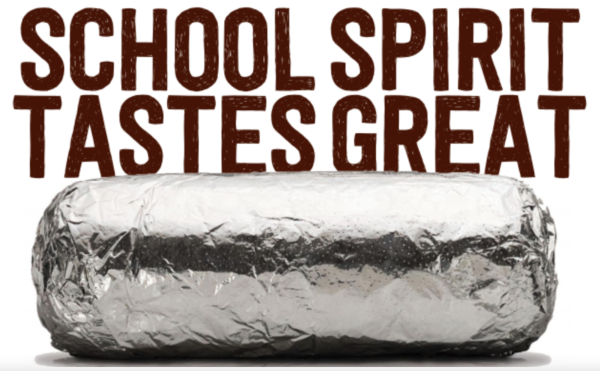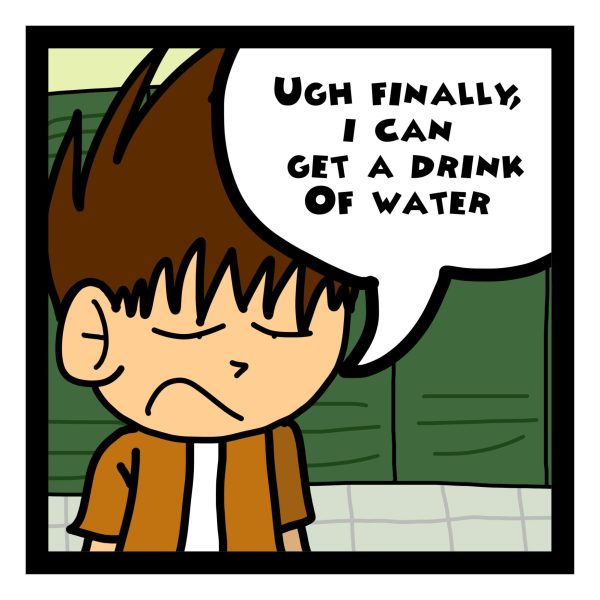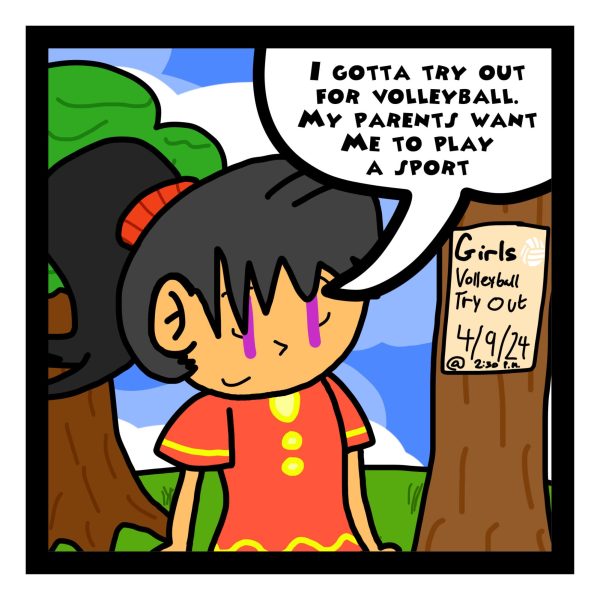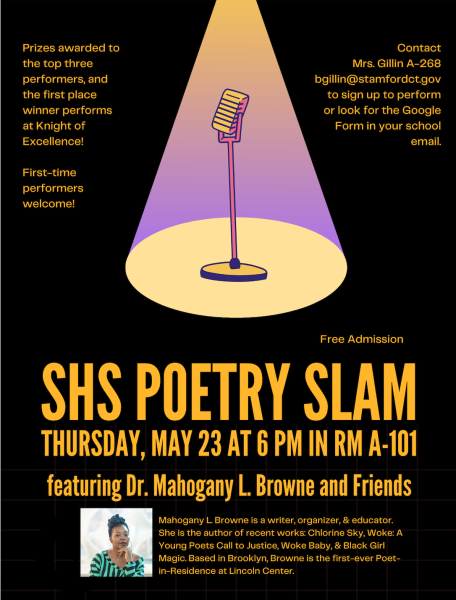Major League Mayhem
Lockout over Collective Bargaining Agreement threatens the season.
December 7, 2021
Major League Baseball (MLB) commenced a league-wide lockout on December 1, 2021 over a disagreement between the Major League Baseball PLayers Association (MLBPA) and the owners of MLB teams. Essentially, the MLBPA is fighting for the benefit of the players, while the owners are fighting for the betterment of the MLB as a business. The MLB has seen three other lockouts in history, one of which delayed the start of the 1990 season until the MLBPA and owners came to an agreement. See, without an agreement the season cannot start since both sides are still negotiating major parts of the game. When the players and owners inevitably come to an agreement, it is set in stone with the Collective Bargaining Agreement (CBA). CBA’s have five year expiration dates until the MLBPA and owners have to come to new terms and conditions for the next five years.
There are three options that could occur when the CBA expires; the MLBPA and owners come to an agreement before the December 1 deadline, players refuse to play because they do not agree on the terms (also known as a strike), or league owners refuse to authorize the function of the MLB from a business standpoint (also known as a lockout). Lockouts being arguably the worst method for the entire industry since it affects all personnel associated with Major League Baseball, including the fans.
So why is a lockout so bad? Well, since the owners are not permitting work to be done they are successfully bringing the league to a halt. Players are not allowed to use team facilities for off-season training, front offices cannot sign free-agents or create mutual trades, and the season can’t start until the lockout is over. When terms are met and the CBA is final, the lockout is lifted and normal activity can take place. Until then, the CBA takes priority over all endeavours. However, lockouts can be an incentive to come to an agreement faster because of how unproductive the league gets.
A majority of the 2021 CBA agenda is centralized around league finances. Specifically, over the past few years MLB revenue has been increasing significantly, while average player salaries are steadily declining in that same timeframe. The inequality of money distribution has caused the MLBPA to be upset, “It was the owners’ choice, plain and simple, specifically calculated to pressure players into relinquishing rights and benefits, and abandoning good faith bargaining proposals that will benefit not just Players, but the game and industry as a whole,” said the MLBPA via Twitter. Most big name players have not been affected by the current financial distribution, rather, it’s the minor league players who struggle, making less than minimum wage on average and stereotyped to live on ramen noodles and sleep on air mattresses, while billionaire team owners advance their portfolio and climb the Forbes 400. To equate shares in the massive pool of money, the MLBPA is speculated to pursue increased minimum salaries, increased minimum luxury tax threshold so that teams can spend more money on their players without getting taxed, and salary reevaluations after two years instead of the current three years so they are able to depart from the league minimum earlier. Although the owners did agree on a salary floor of $100 million league-wide, they are not likely to agree on any other terms, wanting to maintain the current CBA terms since it is working for them. It will be interesting to see what the concluding terms are, but as far as when league processes will resume that information is uncertain.
Finances are not the only topic on the grand agenda of compromises this year. Outdated league rules need revising as baseball continues to change. The Texas tie-breaker rule was implemented to speed up extra inning games by putting a runner on second base with no outs. This rule received backlash as this is not how extra inning baseball is meant to be played. This rule will likely be discussed in the new CBA. Additionally, the ‘universal designated hitter’ (DH) has been a topic of discussion for many years. A DH is a player that hits instead of the pitcher. The American League uses a DH, while National League pitchers hit for themselves. Statistically, a majority of pitchers are awful hitters which makes sense considering they do not practice hitting, but a DH was only introduced and adopted by the American League in 1973. Ongoing debates on whether the league should turn towards a universal DH or no DH at all will surely materialize in the CBA conference. Until there is a final CBA the world will not know what rules will be introduced, reimplemented or removed.
Major League Baseball changes. It is in the best interest of the MLBPA and the owners of teams to create the best form of the game as possible, but just like bipartisan government, opposing viewpoints require debate, then compromise. This process can take days, weeks, even months to come to an agreement. The world may see a dreaded (but necessary) delayed start to the 2022 season.



